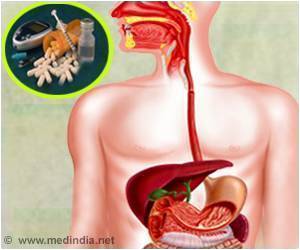Precision and specialized tools are necessary to get a job done right, believe builders and factory workers.

NC State chemist Gavin Williams looked at one enzyme in the kirromycin assembly line – KirCII – which is responsible for installing a molecular fragment of kirromycin at one key location. "KirCII is a linchpin enzyme in the assembly," Williams says. "Natural compounds like kirromycin get built in pieces, with small modules, or blocks of enzymes, linking up sections of the compound in a certain order. Enzymes like KirCII are the wrenches that install the molecular pieces – without them, the molecule doesn't finish assembling properly."
Williams and his team performed a molecular analysis of KirCII to determine why and how it latches onto a specific protein within the kirromycin assembly line. They saw that the enzyme has electrical charges on its surface that are complimentary to opposite charges on the surface of the protein it binds with. When KirCII finds that protein, the charges match up and it snaps into place.
"We were able to see which areas on KirCII had charges that worked with the target protein," Williams says. "Hopefully we will be able to use this information to introduce complimentary charges onto the surface of other proteins we want KirCII to bind with.
"Right now KirCII is just one wrench. By modifying it to fit other proteins, we could turn it into a set of different wrenches and create totally different antibiotics. Kirromycin isn't very useful right now, but by using KirCII to install pieces from other antibiotics, we'll be able to mix and match and create new, stronger antibiotics."
Source-Eurekalert














